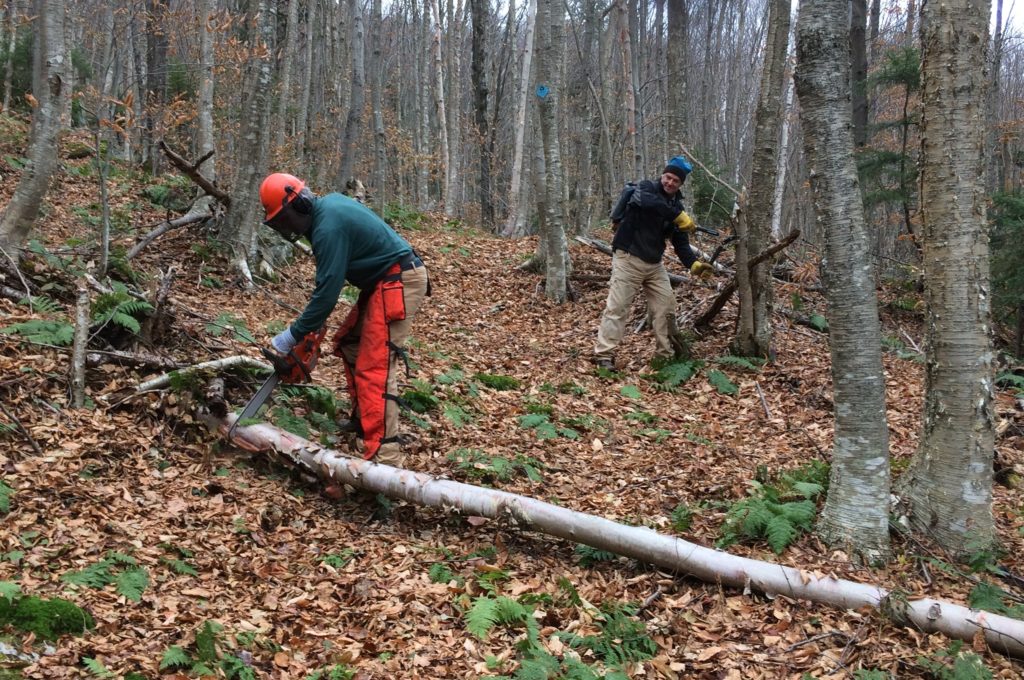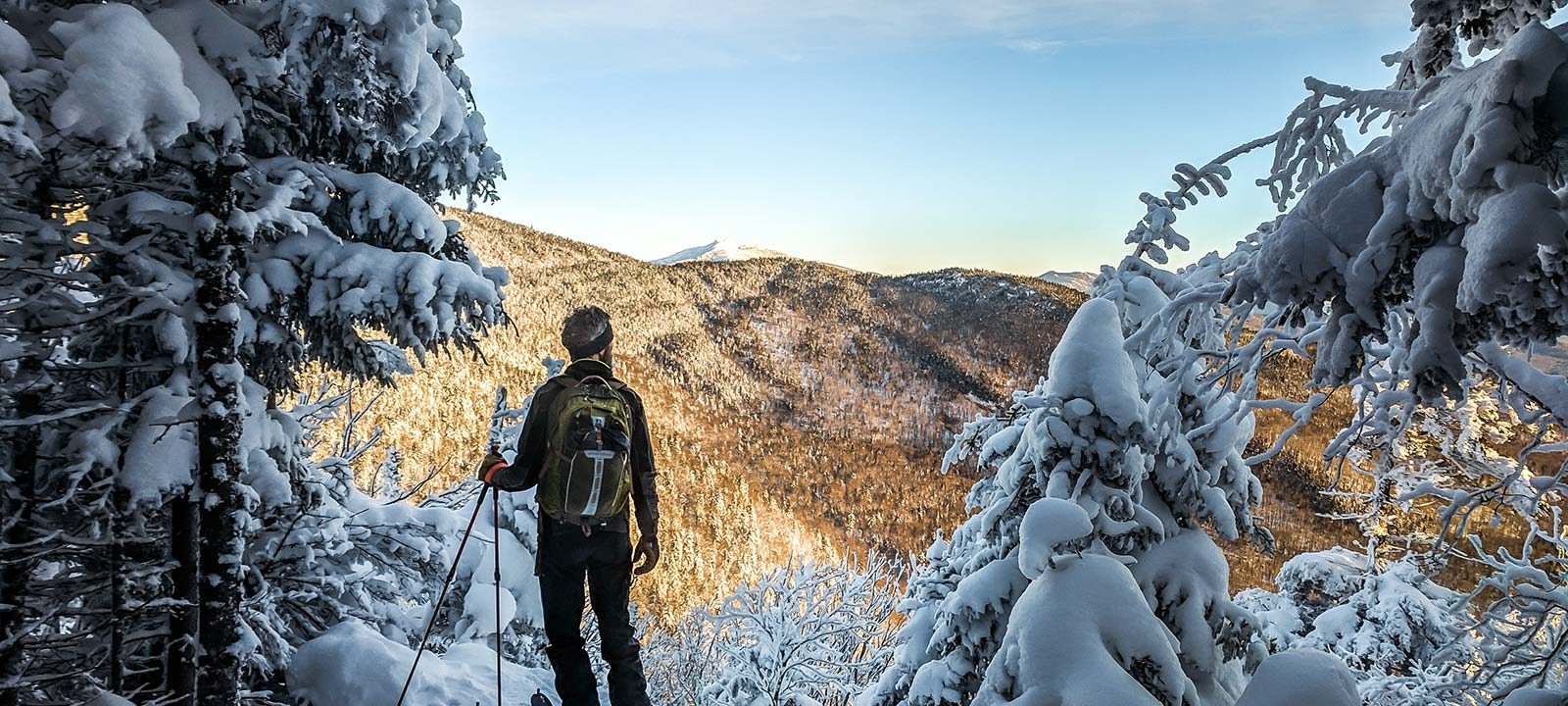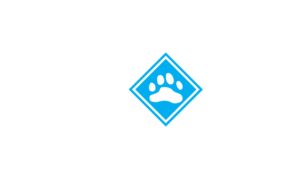At the CTA, we believe that recreation and conservation go hand in hand. Having acquired our first conservation easement in 1994, we have spent 25 years working to conserve the Catamount Trail and critical mountain lands around the state. Our conservation efforts aim to ensure that the amazing backcountry experiences we enjoy today are available for generations to come, and to help protect vital ecosystems, wildlife migration corridors, and habitat.
To date, more than 70% of the Catamount Trail has been protected through conservation easements and public land acquisitions.
Trails can be an important vector for broader conservation goals. The Green Mountains of Vermont are home to a diverse array of plant and wildlife communities, and also help mitigate and manage the impacts of climate change by absorbing storm water and storing carbon in forests and soil. Because of the long, linear nature of the Catamount Trail, conserving the trail corridor can make significant contributions to work to conserve wildlife corridors and contiguous forestland habitat. We believe in balancing recreational opportunities and ecological protection, and work with local, state, and federal land managers to ensure appropriate management of the trail corridor.
Lincoln Peak Project – Trust for Public Land
We’re excited to be supporting our close partners at the Trust for Public Land in their efforts to permanently conserve 619 acres in Warren and Lincoln as an addition to Green Mountain National Forest. Immediately south of Sugarbush Resort, this property has been a high priority for protection for decades as it contains 1.3 unprotected miles of the Catamount Trail. If the property were sold and access to the Catamount Trail were lost, it would be very difficult at best to reroute this section due to topographic limitations, significant stream crossings, and surrounding ski area development. With the planned transfer to the U.S. Forest Service in 2021, CTA will have the opportunity to propose an adjustment to the location of the trail so that it could link to a much better route on neighboring private land and avoid a significant, challenging, and problematic stream crossing. This reroute has been long envisioned but has never been possible under the current ownership.

Permanently securing these recreational opportunities for the region also aligns well with the Mad River Valley community’s efforts to expand outdoor recreational opportunities as a core part of its economic development strategy. The Valley towns see enhancing trail-based recreation as a key strategy to bolster the Valley’s tourism economy and quality of life, making the area even more attractive both to visitors and residents. We agree!
If you are interested in supporting the permanent protection of this important section please consider making a donation to the Trust for Public Land here. You can also support the CTA’s work to reroute the trail by donating to our Trail Fund.
To read more about this project you can visit the Trust for Public Land website, or check out this article in the Valley Reporter.










